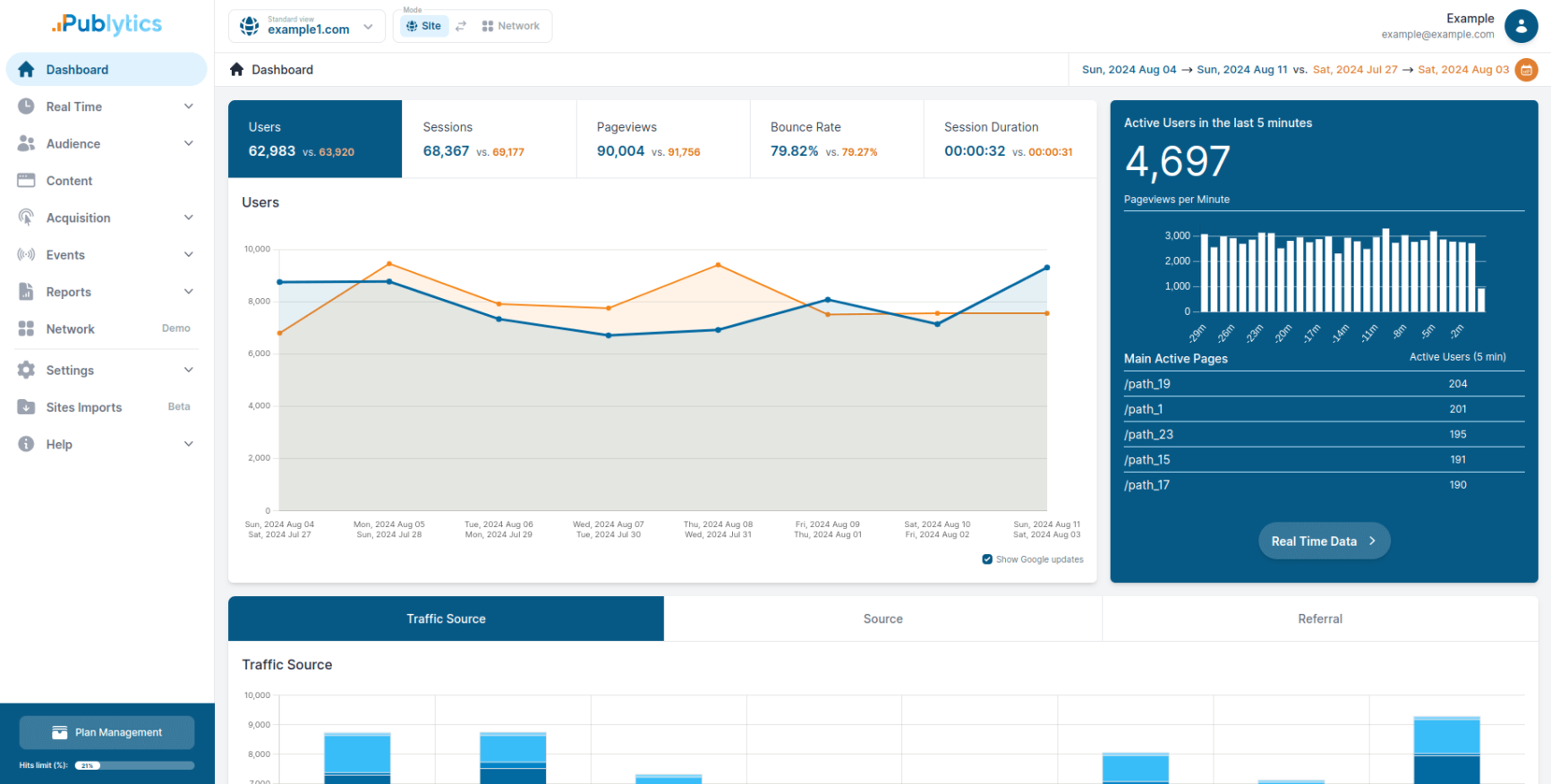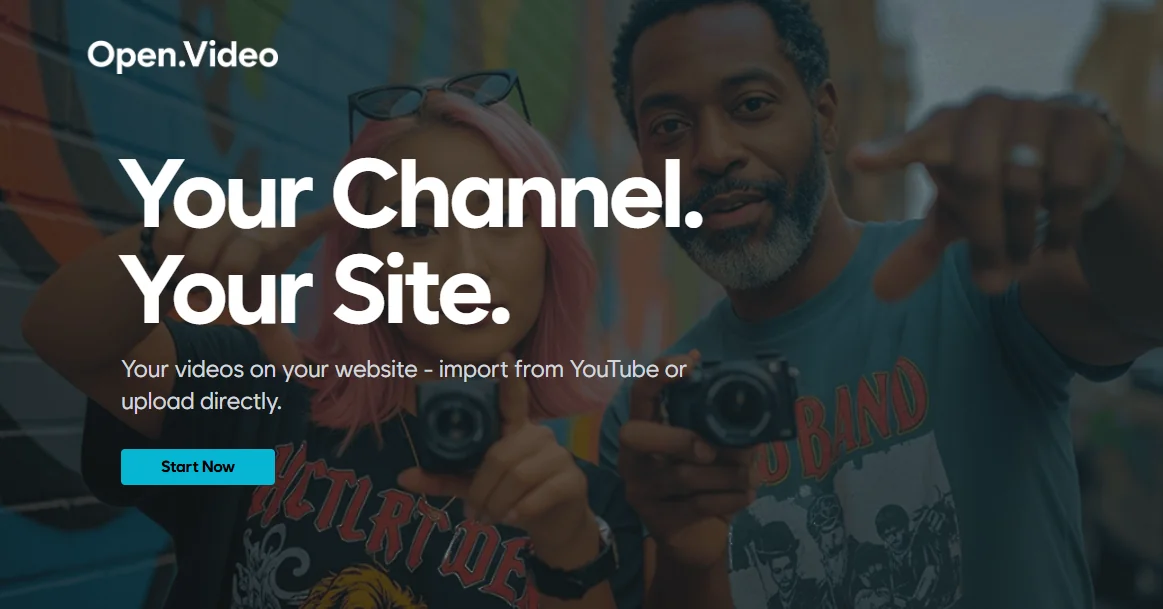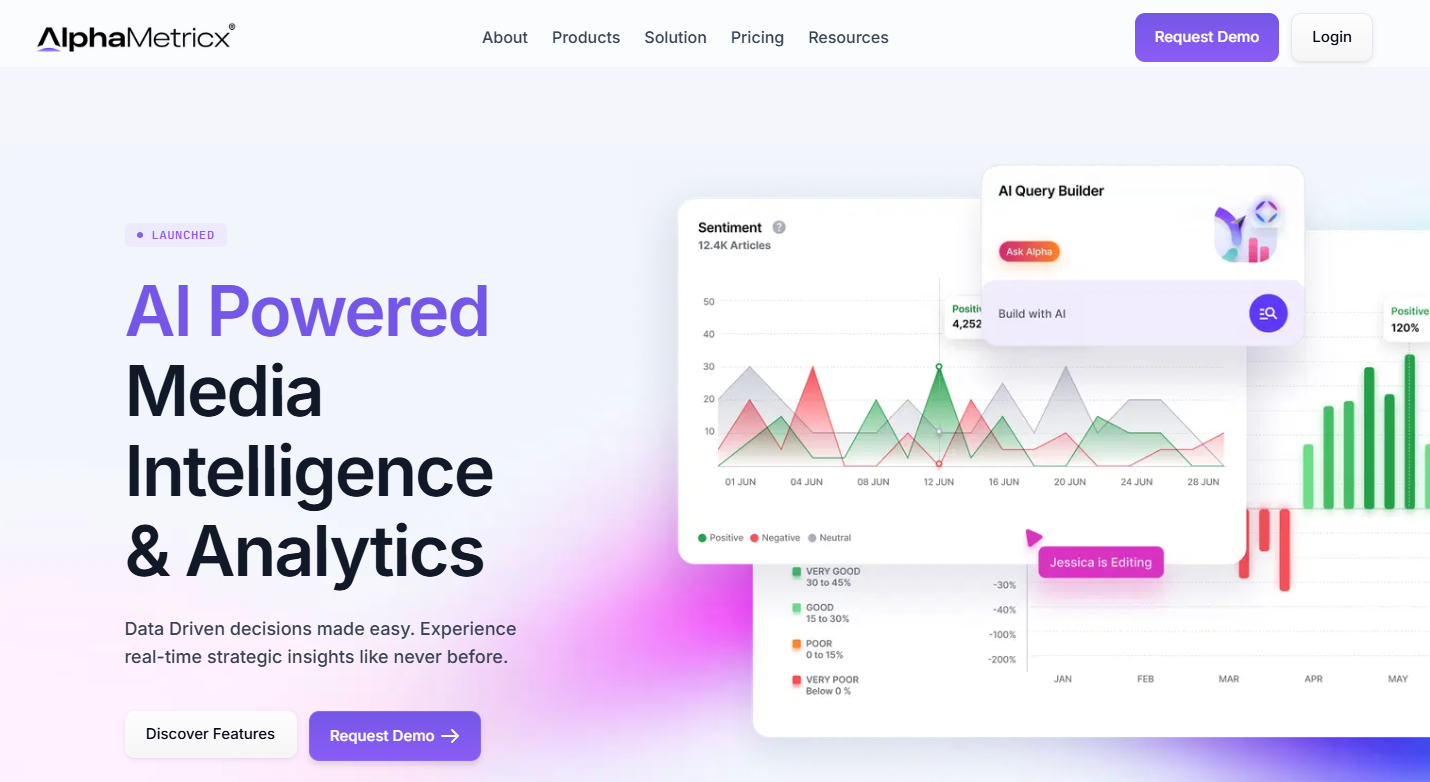Of all the online advertising tools and technologies that have emerged, supply-side platforms (SSPs) arguably remain some of the most important for digital publishers.
SSPs, along with demand-side platforms (DSPs) and ad exchanges, have transformed the advertising industry — making it more automated, efficient and data-driven. These key programmatic advertising components have allowed publishers to move from manually selling ad impressions to advertisers to real-time auctions.
Such advancements have seen programmatic display ad spend soar over the last decade, from $3.9 billion in 2012 to an estimated $147.1 billion in 2021. Global programmatic ad spend as a whole, meanwhile, is projected to climb from $418.4 billion in 2021 to $493 billion in 2022.
Join us as we explore what an SSP is, understand how it works, its benefits and drawbacks as well as how it differs from a DSP.
What Is a Supply-Side Platform (SSP)?
A supply-side platform (SSP) is a platform that allows publishers to manage and automate the sale of ad inventory in real time to buyers across multiple ad exchanges, ad networks and demand-side platforms (DSPs).

To understand this better, consider a popular news website looking to monetize its space through display advertising. Instead of manually negotiating with multiple advertisers, the website can use an SSP.
The platform opens the site’s ad space up to for bidding from relevant demand partners. As the process is in real time, it ensures that the ad space is sold to the highest bidder, thereby optimizing the revenue.
Some popular SSPs that publishers can use include Google Ad Manager (GAM), AppNexus, Rubicon Project and OpenX. Each offers a unique set of features and capabilities tailored to a variety of publisher needs.
How Does an SSP Work?
Supply-side platforms (SSPs) leverage publishers’ first-party data to market and sell ad inventory to demand partners at the best possible price. They are, however, just one component of the ad sales pipeline, which can also include ad networks, DSPs and ad exchanges.
Let’s briefly look at these different components of the programmatic supply chain to get a better idea of how they interact.

- Advertisers: Advertisers create and design their ads, specify their target audience and set their budgets. This information is then fed into their chosen demand-side platform (DSP).
- DSPs: DSPs use the advertiser’s specifications and campaign goals to evaluate available ad spaces across various platforms — including SSPs, ad networks and ad exchanges — before selecting those that best meet the advertiser’s needs.
- Ad exchanges: An ad exchange offers a marketplace for multiple supply and demand partners to come together to close a variety of programmatic deals. Real-time bidding (RTB), also known as an open auction, is the most common deal type and involves the highest bidder having their ad immediately served on the publisher’s site.
- SSPs: Publishers provide the details of their available ad spaces — including size, location and audience demographics — to SSPs. These platforms then make these ad spaces available to various demand partners.
- Publishers: Publishers provide the digital real estate where ads will appear. When a user visits the publisher’s website or app, the SSP communicates details about the available ad spaces and visitors to its demand partners.
This entire process happens in milliseconds, ensuring a seamless user experience. Through this streamlined, automated process, advertisers reach their desired audience and publishers monetize their content effectively.
What’s the Difference Between an SSP and DSP?
Supply-side platforms (SSPs) help publishers programmatically sell their ad inventory for the most money, while demand-side platforms (DSPs) help advertisers find the most relevant ad space at the best price.
Ultimately, the two platform’s goals are diametrically opposed. An SSP strives to maximize publisher revenue by opening up its ad inventory to a broad pool of buyers, driving demand and prices higher. A DSP, meanwhile, is looking to buy the most target audience relevant ad spaces for advertisers at the lowest price.
Despite their differences, SSPs and DSPs rely on each other to function. The SSP needs the DSP to sell its ad inventory and the DSP needs the SSP to access that inventory.
These ad data management platforms form two halves of the programmatic advertising ecosystem, working together to connect advertisers with publishers in an efficient, automated manner.
How Important Is an SSP?
A supply-side platform (SSP) plays an incredibly important role for publishers, providing them with access to the programmatic landscape. Without an SSP there’s no way to automatically offer inventory to programmatic buyers, leaving publishers to manually close ad deals.
Importantly, SSPs don’t only automate ad sales but also facilitate ad network optimization, which involves managing multiple ad networks and balancing fill rates against ad rates. Some networks might have lower ad rates but higher fill rates, which may become a deciding factor for publishers in future auctions.
At the end of the day this boils down to yield optimization, platforms that provide it offer a significant advantage to publishers looking to maximize their ad revenue.
SSPs can also leverage data to refine ad targeting, ensuring that ads reach the most suitable audience while filtering out any inappropriate or irrelevant ads. In addition to ensuring a safe and focused environment for their audience, publishers can also set price floors for the types of ads they are willing to display. And because they have automatic access to a wide range of buyers they’re unlikely to suffer from prioritizing certain buyers.
SSPs also provide real-time analytics and insights into ad performance, equipping publishers with the information they need to optimize their ad strategy effectively.
Benefits of Using an SSP
Supply-side platforms (SSPs) offer a myriad of benefits beyond its core functionality that impact the efficacy of a publisher’s advertising strategy as well as their site’s overall UX.
Reduced Ad Fraud
The technology behind SSPs can help minimize the risk of ad fraud. By thoroughly verifying advertisers and continually monitoring ad traffic, SSPs can identify and block fraudulent activities.
This reduction in ad fraud ensures that advertising budgets are not wasted on non-human traffic or fake impressions, ultimately improving the return on advertising spend (ROAS) for advertisers and making it easier to seek higher rates from future campaigns.
Better UX
SSPs facilitate better ad targeting, ensuring that website visitors see ads relevant to their interests. By ensuring only relevant ad networks are shortlisted for auctions, publishers can enhance their readers’ experience on the site.
A sports website, for example, might partner with an SSP to ensure its readers see ads from sports gear companies rather than ads about home decor, providing a more coherent and satisfying reading experience.
Real-time bidding (RTB) auctions
By facilitating RTB auctions on ad inventory and ensuring a competitive market for each ad slot, SSPs can drive up prices and optimize ad revenue.
Disadvantages of Using an SSP
Despite the many benefits of using a supply-side platform (SSP), it’s essential to consider the potential disadvantages as well. Here are a few drawbacks publishers may encounter when using an SSP.
Data Privacy Concerns
With the rise in data-driven advertising, concerns about data privacy are growing. SSPs, much like data management platforms (DMPs), collect and analyze reader information to facilitate targeted advertising. While this can improve ad relevance, it also raises questions about user privacy.
For example, an SSP may collect user data such as browsing behavior or location, which, if not handled correctly, could lead to privacy breaches.
Complexity
Managing SSPs can be complex, especially for publishers new to programmatic advertising. Understanding real-time bidding (RTB), managing ad inventory and interpreting analytical data requires a certain level of expertise.
Content from our partners
Additional Service Costs
Using an SSP involves service fees, which could eat into a publisher’s revenue. Typically, these platforms charge a percentage of the ad revenue generated, which means the more successful the ads are, the higher the bill.
A small publishing company, for instance, while benefiting from the access and functionality of an SSP, may be reluctant to give up a cut of its ad revenue.
Final Thoughts
Supply-side platforms (SSPs) not only simplify the ad selling process for publishers but also open up a wide array of advertising opportunities.
By connecting publishers directly with many advertisers, SSPs foster competition and drive up the price of ad space and, ultimately, the potential ad revenue for publishers. At the same time, they offer a level of control and transparency that’s essential for optimizing ad strategies.
Advertisers also benefit from the targeted and efficient nature of programmatic advertising, making their ad campaigns more effective and their marketing spend more efficient. The ability to analyze real-time insights and tweak campaigns accordingly offers a notable advantage in the competitive digital advertising space.
Despite some potential downsides — such as data privacy concerns and complexity — the advantages of using SSPs often outweigh them. Both advertisers and publishers should consider these points when deciding on their advertising strategy.
As digital advertising continues to evolve, SSPs will likely remain at the forefront of this transformation.
FAQs
Who Uses Supply-Side Platforms?
Supply-side platforms (SSPs) are primarily used by digital publishers and media owners. They use SSPs to sell their ad spaces to a large pool of advertisers in an automated and efficient manner, maximizing their ad revenue.
How Does a Supply-Side Platform Make Money?
SSPs generate revenue by taking a commission from each transaction that happens on the platform. When a publisher sells ad space through the SSP, a percentage of the selling price is kept by the platform as a service fee.












